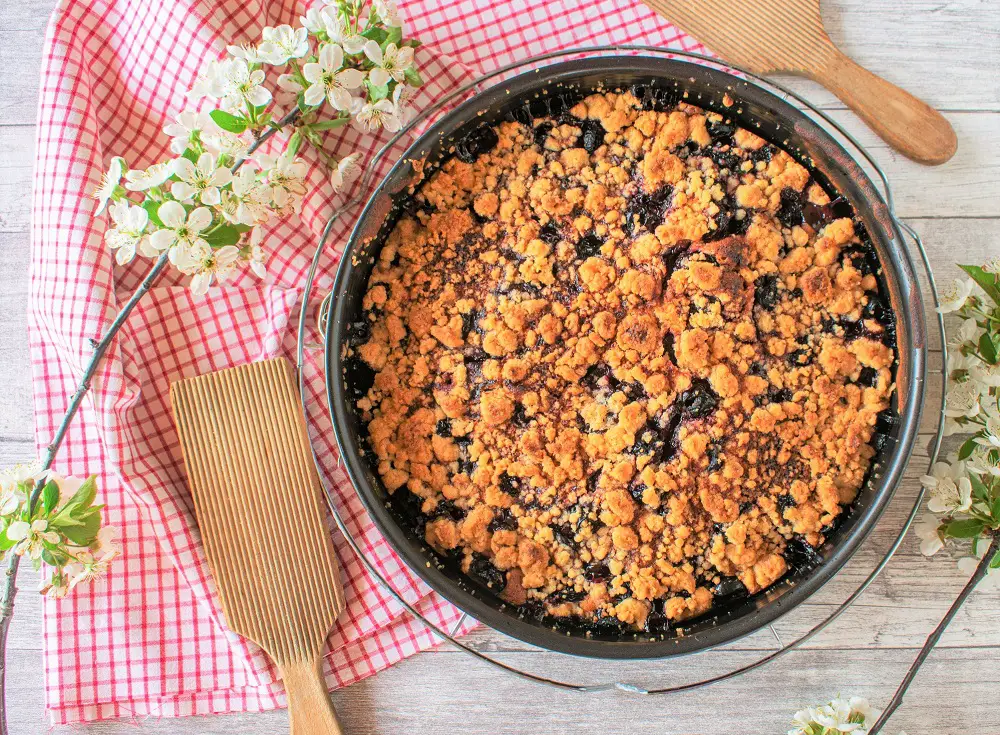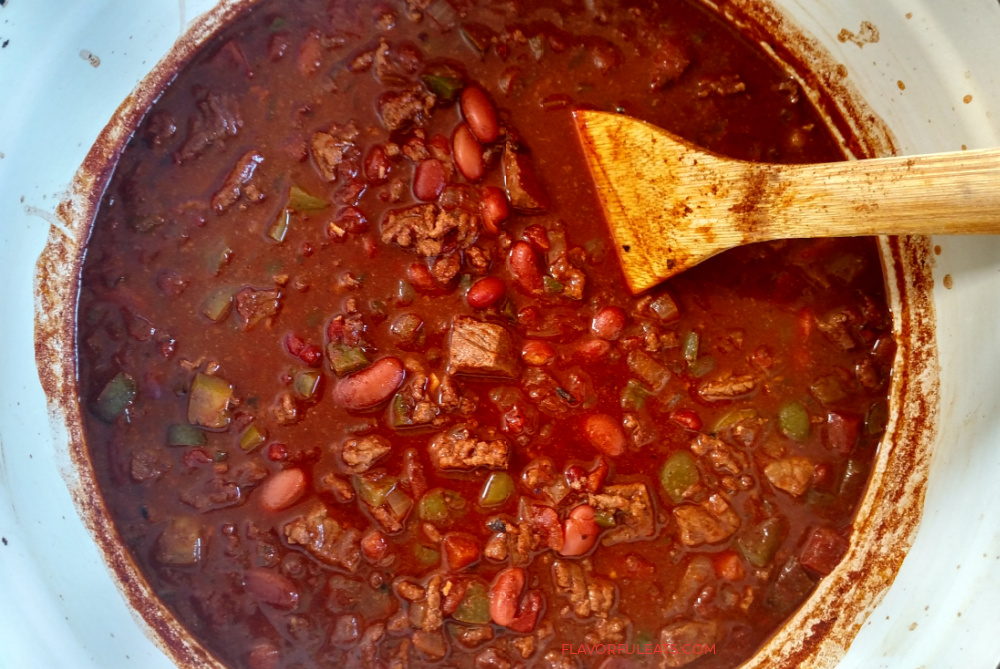An Accessory Dwelling Unit (ADU) is a self-contained residential unit that provides all the amenities of a primary home but on a smaller scale. An essential component of an ADU is the kitchen, which must be functional, efficient, and compliant with local building codes. Here’s a comprehensive guide on the requirements and considerations for designing an ADU kitchen.
Space Optimization
Given the limited space in an ADU, the kitchen must be designed to maximize efficiency. Here are key points to consider:
Compact Appliances: Choose smaller versions of standard kitchen appliances, such as a 24-inch stove instead of the traditional 30-inch, or an under-counter refrigerator.
Multi-functional Fixtures: Opt for fixtures that serve multiple purposes, like a combination microwave and convection oven or a sink with an integrated cutting board.
Storage Solutions: Use vertical space for storage by installing cabinets up to the ceiling and utilizing pull-out shelves and drawer organizers.
Essential Appliances and Fixtures
An ADU kitchen should include the following essential appliances and fixtures:
Cooking Equipment: A stove or cooktop, preferably with an oven. A microwave can also be a valuable addition.
Refrigeration: A refrigerator, which could be a compact or under-counter model.
Sink: A single or double-basin sink.
Ventilation: Adequate ventilation, such as a range hood or exhaust fan, to remove cooking odors and moisture.
Safety and Accessibility
Safety and accessibility are paramount in any kitchen design:
Electrical and Plumbing Compliance: Ensure all electrical outlets and plumbing installations meet local building codes and safety standards.
Non-slip Flooring: Install non-slip flooring to prevent accidents.
Accessible Layout: Design the kitchen layout to be accessible, with consideration for people with disabilities. This includes appropriate counter heights, reachable storage, and clear pathways.
Energy Efficiency
Energy-efficient appliances and fixtures can significantly reduce utility costs and environmental impact:
Energy Star Appliances: Choose Energy Star-rated appliances for better energy efficiency.
LED Lighting: Use LED lighting for lower energy consumption and longer lifespan.
Insulation: Properly insulate the kitchen to maintain temperature control and reduce energy usage.
Aesthetic and Functional Design
A well-designed ADU kitchen should be both aesthetically pleasing and highly functional:
Color Scheme: Use light colors to make the space feel larger and more open.
Open Shelving: Consider open shelving to create a sense of space and provide easy access to frequently used items.
Counter Space: Ensure there is adequate counter space for food preparation and small appliances.
Local Building Codes and Permits
Before starting the design and construction of an ADU kitchen, it is crucial to understand and comply with local building codes and permit requirements:
Zoning Regulations: Verify that the ADU complies with local zoning laws, which may dictate the size and placement of the unit.
Permits: Obtain necessary permits for electrical, plumbing, and structural work to ensure the kitchen meets safety standards.
Inspections: Schedule inspections as required by local authorities to ensure compliance with building codes.
Designing an ADU kitchen involves careful planning and attention to detail to ensure it is functional, safe, and compliant with local regulations. By optimizing space, selecting essential appliances, prioritizing safety, and focusing on energy efficiency, you can create a kitchen that meets the needs of any ADU resident. Whether you’re building a new ADU or renovating an existing one, these guidelines will help you achieve a well-designed and efficient kitchen space.
Innovative Storage Solutions
Storage is a critical aspect of any kitchen, but especially so in an ADU where space is limited. Here are some innovative storage solutions to consider:
Pull-Out Pantry: A pull-out pantry can fit into narrow spaces and provide ample storage for canned goods, spices, and other non-perishable items.
Corner Drawers: Utilize corner spaces effectively with specially designed corner drawers that make the most of every inch.
Hanging Storage: Use hooks and racks to hang pots, pans, and utensils, freeing up cabinet and drawer space.
Drawer Dividers: Implement drawer dividers and organizers to keep kitchen tools and utensils tidy and accessible.
Lighting Considerations
Proper lighting is essential in a kitchen for both functionality and ambiance. Consider the following lighting solutions:
Task Lighting: Install task lighting under cabinets to illuminate countertops and work areas.
Ambient Lighting: Use recessed lighting or ceiling fixtures to provide overall illumination.
Accent Lighting: Add accent lighting to highlight specific areas or features, such as a backsplash or open shelving.
Natural Light: Maximize natural light by incorporating windows or skylights, which can make the space feel larger and more inviting.
Eco-Friendly Options
Incorporating eco-friendly options in your ADU kitchen can contribute to a healthier environment and lower utility bills:
Low-Flow Fixtures: Install low-flow faucets to reduce water usage.
Sustainable Materials: Use sustainable and eco-friendly materials, such as bamboo or recycled glass for countertops and cabinetry.
Composting: Integrate a composting system for kitchen waste to promote sustainability and reduce landfill waste.
Energy-Efficient Windows: Choose energy-efficient windows to improve insulation and reduce heating and cooling costs.
Smart Technology Integration
Integrating smart technology can enhance the functionality and convenience of an ADU kitchen:
Smart Appliances: Invest in smart appliances that can be controlled remotely and offer features like energy monitoring and automated cooking settings.
Voice-Activated Assistants: Use voice-activated assistants to control lighting, play music, or find recipes hands-free.
Smart Thermostats: Install a smart thermostat to regulate the kitchen temperature efficiently and save on energy costs.
Connected Lighting: Implement smart lighting systems that can be adjusted via smartphone apps or voice commands.
Customization and Personalization
An ADU kitchen should reflect the personal style and preferences of its users:
Custom Cabinetry: Opt for custom cabinetry that fits the unique dimensions of your ADU and meets your storage needs.
Personal Touches: Add personal touches like a unique backsplash, decorative hardware, or a statement light fixture to make the kitchen feel like home.
Flexible Design: Design the kitchen to be flexible and adaptable, allowing for future changes or upgrades as needed.
Budget-Friendly Tips
Designing an ADU kitchen on a budget doesn’t mean sacrificing quality or style:
DIY Projects: Take on DIY projects like painting cabinets or installing shelves to save on labor costs.
Second-Hand Finds: Look for second-hand or refurbished appliances and fixtures that are in good condition.
Cost-Effective Materials: Choose cost-effective materials that offer durability and style, such as laminate countertops or vinyl flooring.
Prioritize Needs: Prioritize spending on essential items and features that will have the most significant impact on the kitchen’s functionality and aesthetics.
Creating a functional and stylish ADU kitchen requires thoughtful planning and attention to detail. By considering space optimization, essential appliances, safety, energy efficiency, storage solutions, and personalization, you can design a kitchen that meets the needs of its users while complying with local regulations. Whether you’re working with a large budget or looking for cost-effective solutions, these guidelines will help you achieve a well-designed and efficient ADU kitchen.


















